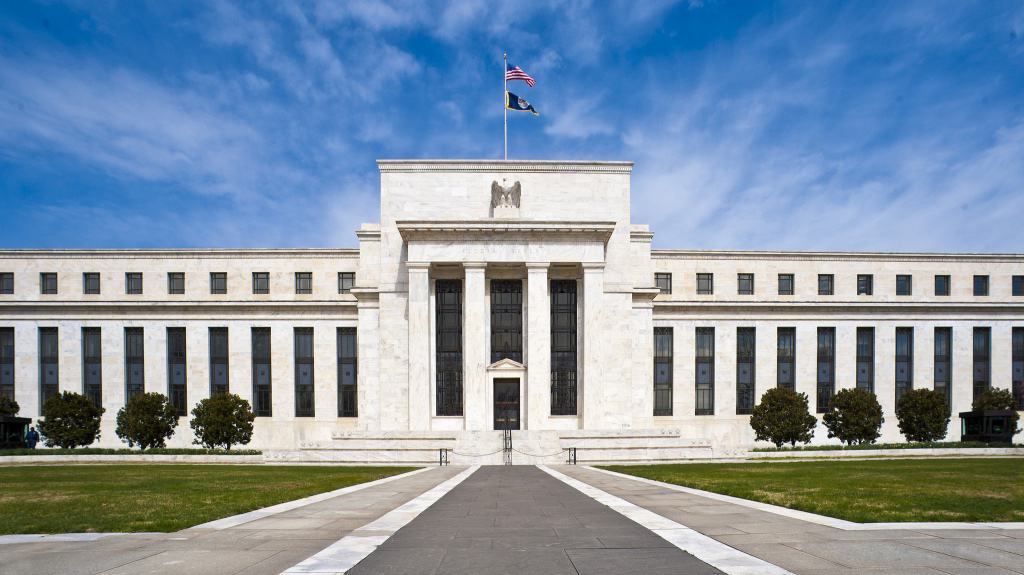Federal Reserve Chairman Jerome Powell urged Congress on Wednesday to provide the U.S. economy with more fiscal support to combat the coronavirus pandemic’s ongoing impact.
“Many borrowers will benefit from these programs, as will the overall economy,” Powell said. “But for others, a loan that could be difficult to repay might not be the answer, and in these cases, direct fiscal support may be needed.”
Market watchers can agree on one thing: There is a need for further fiscal stimulus. How the congressional stalemate will unfold and affect U.S. stocks is a larger debate.
Here’s what four market analysts said on Wednesday as the major averages fell:
Eugene Profit, the president, CEO and managing director of Profit Investment Management, questioned the idea of a V-shaped recovery:
“September has caused a little bit of a reversal, and that reversal to some extent has been caused by a little bit of focus on CARES 2 [stimulus legislation] really not being passed and not getting more fiscal stimulation. … We don’t believe that there’s going to be much support before the election due to the fact that the Congress’ attention is focused elsewhere, especially with the unfortunate passing of Justice Ruth Bader Ginsburg. Condolences to her family. So, we’re looking here and we’re watching the market to see where investors begin to look toward the sidelines, but we also are watching what’s going on in the vaccine fight. For most of the pandemic, investors have been very optimistic about the market and thinking that we’re going to have a straight-line, V-shape-type recovery, and that’s the way we’ve invested, or that’s the way most of the market is invested. We don’t think that’s going to continue.”
Glenn Hutchins, chairman of North Island and a co-founder of Silver Lake, said politics getting in the way of further stimulus would be a “very significant issue” for the market:
“One example of the politics getting in the way of all this right now is that we can’t get another stimulus package, which we clearly need, which both sides think we need, which the airline CEOs say we need, which labor leaders say we need, people who are mayors and governors say we need. There’s a fair amount of debate about how big it should be, how it should be targeted, but there’s nobody saying we can’t have it and we don’t need it and we’re not going to have it because of the politics of the season we’re in right now. By the way, these projections that we’re looking at right now … all assume at least $1 trillion or more of stimulus. So, if we don’t have that, that will be a very significant issue.”
Dan Niles, the founder and senior portfolio manager for the Satori Fund and also the founding partner and portfolio manager at Alpha One Capital Partners, said federal stimulus would likely lead to more upside, but the path could be choppy:
“Before the unfortunate passing of Ruth Bader Ginsburg, I thought for sure we would get a Phase 5 package, because … I felt like it would take the market really going down hard for politicians to be forced to act like grown-ups and come together with something that’s good for the country, and I felt like we were almost there. Now, with the Supreme Court fight on, I think you’re back to both sides not wanting to compromise. But … this market has been driven by stimulus the whole way up. It’s about 30% of GDP between monetary and fiscal stimulus, and we’ve seen what that’s done. The market’s up year to date even with this froth, which is incredible, given we’re still in the middle of this pandemic trying to get through it. So, I think it could be good for easily a 5% to 10% move on the upside, potentially, if we get it. But remember, the Fed is backing off of their balance sheet expansion. That expanded to [$]7.2 trillion in the middle of June. It’s actually down [$]150 billion since then, and … when you’ve had that, the market’s really struggled in 2011, ’15 and ’18 during periods of time. So, that’s why we’re trying to be very nimble, I guess is the best way to put it right now, moving into some lower-volatility names on the long side.”
Ed Yardeni, president of Yardeni Research, figured that politics aside, the government had the means to keep the economy chugging along:
“I reckon that there’s still enough of this government stimulus that it’ll keep the economy growing probably through September, October, maybe November. And hopefully along the way, we’ll see employment continue to pick up so that the economy can grow on its own without necessarily needing another or at least another big stimulus package.”

